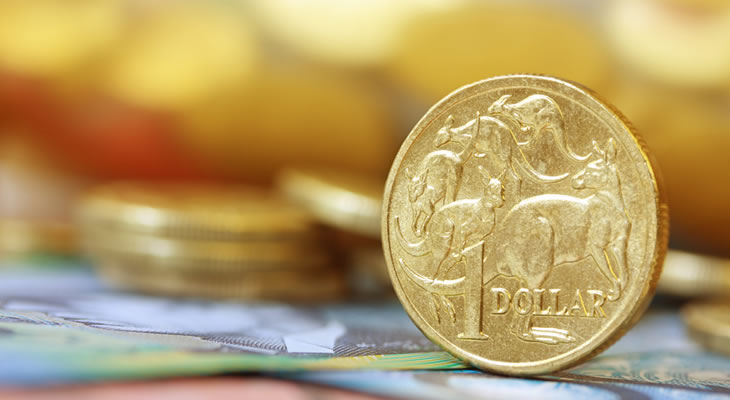Pound Sterling Australian Dollar (GBP/AUD) Exchange Rate Strengthens Amid Risk Aversion
Resurgent global trade war fears encouraged the Pound Sterling to Australian Dollar (GBP/AUD) exchange rate to hold its ground at the start of the week.
Confidence in the commodity-correlated Australian Dollar (AUD) diminished as the Trump administration continued to ramp up its protectionist rhetoric, lashing out at the EU.
As the EU signalled its intention to retaliate to any fresh US tariffs the odds of a global trade war mounted, leaving AUD exchange rates on a weaker footing.
A weaker-than-expected Chinese manufacturing PMI also put pressure on the Australian Dollar, with the world’s second largest economy showing fresh signs of a slowdown.
Investors were also disappointed by June’s TD Securities inflation measure, which dipped from 2.1% to 2.0%, suggesting that price pressures are failing to pick up as hoped.
Steady UK Manufacturing PMI Fails to Boost GBP/AUD Exchange Rate
The latest UK manufacturing PMI offered some support to the Pound Sterling to Australian Dollar (GBP/AUD) exchange rate, meanwhile.
As the index held steady on the month, improving slightly from 54.3 to 54.4, this encouraged some degree of confidence in Pound Sterling (GBP).
Even so, GBP exchange rates saw minimal gains in the wake of the data, with the underlying details of the report proving a little less positive.
As Rob Dobson, Director at IHS Markit, commented:
‘The trend in demand will need to stage a much firmer rebound if a further slowdown in output growth is to be avoided.
‘How likely such a revival is remains in some doubt, with the June survey also seeing business optimism drop to a seven-month low amid rising concerns about possible trade tariffs, the exchange rate and Brexit uncertainty. Ongoing supply-chain disruptions, including raw material shortages, and signs of a renewed upswing in input price inflation may also jeopardise stronger manufacturing growth. With industry potentially stuck in the doldrums, the UK economy will need to look to other sectors if GDP growth is to match expectations in the latter half of the year.’
With investors also bracing for the latest Brexit developments there appeared little reason to favour Pound Sterling over its rivals.
Pound Sterling Australian Dollar (GBP/AUD) Exchange Rate to Benefit From Trade Worries
Unless global trade tensions ease over the coming days the Pound Sterling to Australian Dollar (GBP/AUD) exchange rate is likely to remain on a relatively steady footing.
With copper prices already under pressure thanks to fears over the global economic outlook the Australian Dollar looks set to see further weakness.
AUD exchange rates may also trend lower in response to Friday’s US non-farm payrolls report, with a stronger US labour market likely to weaken market risk appetite.
As long as the Federal Reserve looks set to pursue a more aggressive pace of monetary tightening the appeal of the Australian Dollar is likely to remain muted.
A strong showing from the latest UK services PMI, meanwhile, may drive Pound Sterling higher against its rivals.
Providing the UK service sector continues to demonstrate robust growth the downside potential of the Pound Sterling to Australian Dollar (GBP/AUD) exchange rate may prove limited.


Comments are closed.